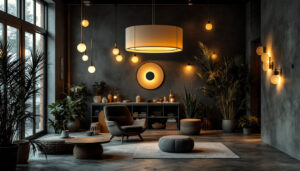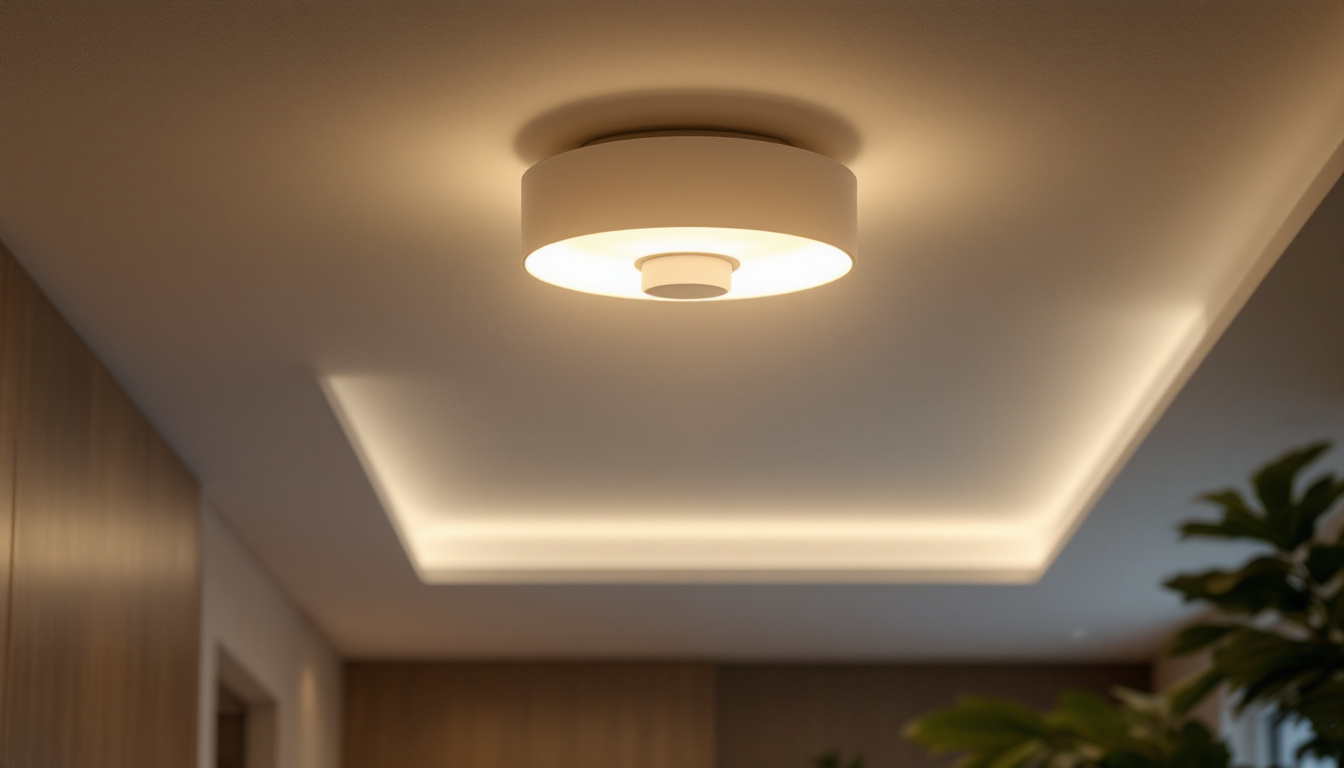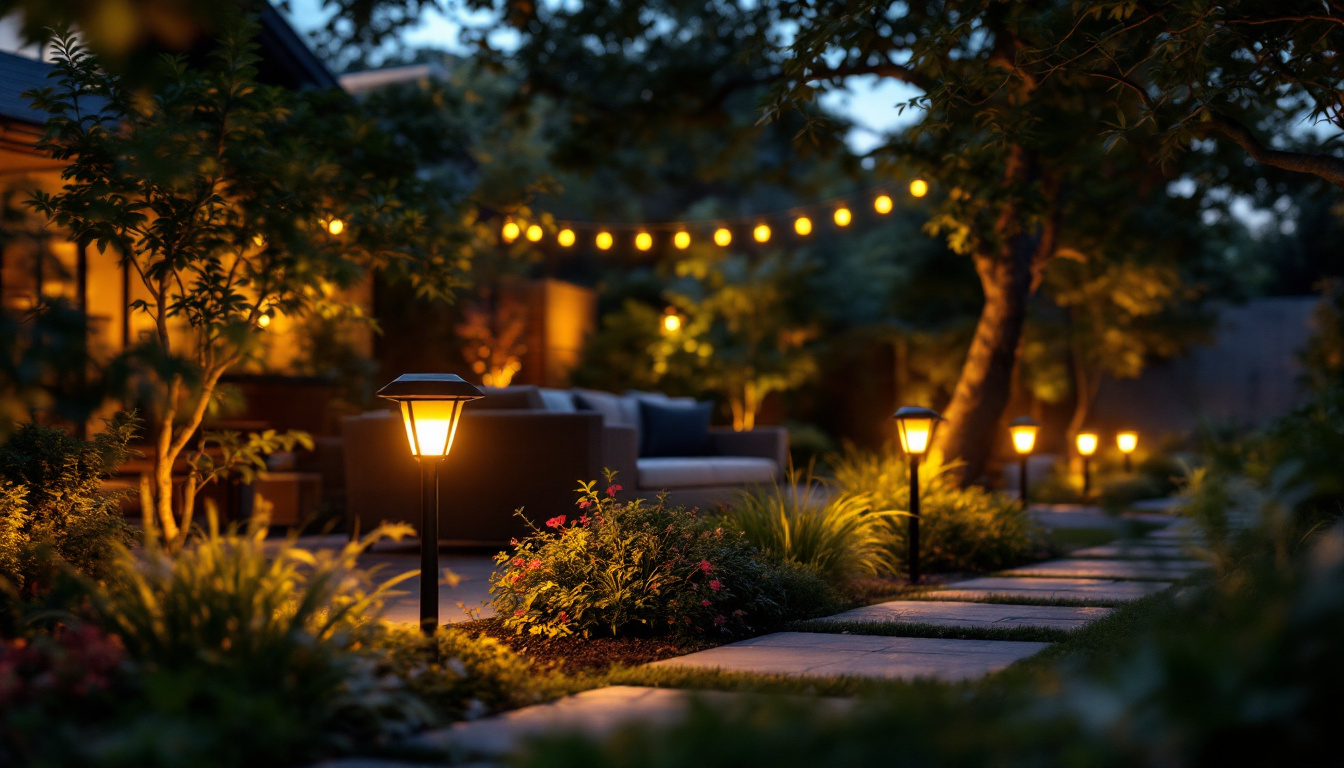

As the demand for energy-efficient lighting solutions continues to grow, LED light panels have become a popular choice among contractors and clients alike. However, despite their advantages, there are common pitfalls that can lead to suboptimal installations and dissatisfied customers. This guide aims to help lighting contractors avoid these mistakes, ensuring successful projects and satisfied clients.
LED light panels are flat, slim fixtures that provide uniform illumination while consuming significantly less energy than traditional lighting options. They are often used in commercial settings, such as offices, schools, and healthcare facilities, due to their sleek design and energy efficiency. Understanding the technical specifications and applications of LED light panels is crucial for any lighting contractor. The versatility of these panels allows them to be integrated into various architectural designs, providing not only functional lighting but also enhancing the aesthetic appeal of a space.
In addition to their practical benefits, LED light panels contribute to a healthier indoor environment. Unlike traditional fluorescent lights, LED panels do not flicker, which can cause eye strain and fatigue over time. Furthermore, they emit minimal heat, reducing the load on air conditioning systems and contributing to a more comfortable atmosphere. This makes them particularly advantageous in environments where prolonged exposure to artificial lighting is common, such as in classrooms or hospitals.
There are various types of LED light panels available on the market, each designed for specific applications. Some common types include edge-lit panels, back-lit panels, and troffer panels. Edge-lit panels are known for their slim profile and even light distribution, making them ideal for low ceilings. Back-lit panels, on the other hand, offer higher lumen output and are suitable for areas requiring brighter illumination. Troffer panels are designed to fit into standard ceiling grids, making them a popular choice for commercial spaces. Additionally, some manufacturers offer customizable options, allowing clients to select specific dimensions, colors, and even smart technology features to enhance functionality.
Another emerging type is the RGB LED panel, which can change colors and create dynamic lighting effects. This type is particularly popular in creative environments, such as design studios and entertainment venues, where mood lighting can significantly impact the overall atmosphere. The ability to control color and intensity through smart technology further expands the possibilities of LED light panels, making them an attractive choice for modern lighting solutions.
When selecting LED light panels for a project, it is essential to consider several key specifications, including lumen output, color temperature, and energy efficiency. Lumen output indicates the brightness of the panel, while color temperature affects the ambiance of the space. Energy efficiency, often measured in lumens per watt, is crucial for long-term cost savings and sustainability. Additionally, the lifespan of LED panels, typically rated at 50,000 hours or more, ensures that they are a cost-effective investment over time, reducing the frequency of replacements and maintenance.
Another important specification is the Color Rendering Index (CRI), which measures how accurately a light source displays colors in comparison to natural light. A higher CRI value is essential in settings where color accuracy is critical, such as art studios or retail environments. Moreover, the installation method and compatibility with existing electrical systems should also be evaluated, as this can impact the overall efficiency and performance of the lighting solution. By carefully considering these specifications, contractors can ensure that they select the most suitable LED light panels for their projects, optimizing both functionality and aesthetics.
Even experienced lighting contractors can fall into traps when working with LED light panels. Recognizing these common mistakes can help ensure a smoother installation process and more satisfied clients.
One of the most critical aspects of working with LED light panels is proper installation. Many contractors may overlook the specific requirements for mounting and wiring, leading to issues such as flickering lights or insufficient illumination. It is vital to follow the manufacturer’s guidelines closely and ensure that all electrical connections are secure and compliant with local codes. Additionally, taking the time to assess the structural integrity of the mounting surface can prevent future complications. For example, if the surface is uneven or unstable, it may affect the alignment and performance of the light panels, ultimately compromising the quality of the installation.
Color temperature plays a significant role in the overall feel of a space. Choosing the wrong color temperature can lead to dissatisfaction among clients. For instance, a cooler color temperature may be appropriate for a modern office setting, while warmer tones might be better suited for a cozy restaurant atmosphere. Always consult with clients to determine their preferences and the intended use of the space before making a final decision. Furthermore, understanding the psychological effects of different color temperatures can enhance the design process. Cooler lights can promote alertness and focus, making them ideal for work environments, while warmer lights can create a relaxing ambiance, encouraging social interaction in hospitality settings.
Many LED light panels come with dimming capabilities, which can enhance the versatility of a lighting design. However, some contractors may overlook this feature, leading to a one-dimensional lighting scheme. Discussing dimming options with clients can provide them with greater control over their environment and contribute to energy savings. In addition, integrating smart dimming systems can allow for customizable lighting scenarios, enabling clients to adjust the ambiance based on the time of day or specific activities. This not only improves user experience but also adds a modern touch that can be a selling point for residential and commercial spaces alike.
Designing an effective lighting plan with LED light panels involves more than just selecting the right fixtures. It requires a comprehensive understanding of the space, its purpose, and the needs of the occupants.
Before installation, it is essential to create a detailed lighting layout that considers the dimensions of the space, the height of the ceilings, and the placement of furniture. A well-thought-out layout ensures even illumination and minimizes shadows. Utilizing software tools can aid in visualizing the final design and making necessary adjustments before installation. Additionally, incorporating different lighting zones can enhance functionality; for instance, creating brighter areas for workspaces while using softer lighting in relaxation zones can cater to varying activities within the same environment.
The user experience should always be at the forefront of lighting design. Factors such as glare, uniformity, and light distribution can significantly impact how occupants perceive a space. Conducting a site visit to assess natural light sources and existing fixtures can provide valuable insights into how to best position LED light panels for optimal user comfort. Furthermore, understanding the psychological effects of light can lead to more intentional design choices. For example, warmer light temperatures can create a cozy atmosphere, while cooler tones can enhance alertness and productivity, making it crucial to align the lighting scheme with the intended mood of the space.
In addition to aesthetics and functionality, energy efficiency is a critical consideration in the design of LED light panels. LEDs are known for their low energy consumption and long lifespan, which can significantly reduce operational costs over time. When designing a lighting plan, it is beneficial to explore options such as dimmable fixtures and smart lighting controls that adjust based on occupancy or time of day. These features not only enhance user comfort but also contribute to sustainability efforts by minimizing energy waste. Moreover, selecting LED panels with high Color Rendering Index (CRI) values can further improve the visual quality of the space, ensuring that colors appear vibrant and true to life, which is particularly important in environments like retail or art galleries.
While LED light panels are generally reliable, they can present technical challenges during installation and operation. Being prepared for these challenges can save time and resources.
Flickering lights can be a frustrating issue for both contractors and clients. This problem often arises from poor electrical connections or incompatible dimmers. To mitigate flickering, ensure that all connections are secure and consider using compatible dimmers specifically designed for LED technology. Conducting a thorough inspection before finalizing the installation can help identify potential issues.
Heat dissipation is another critical factor to consider when working with LED light panels. While LEDs generate less heat than traditional lighting, they still require adequate ventilation to maintain optimal performance. Ensuring that panels are installed in well-ventilated areas and avoiding enclosed spaces can prevent overheating and prolong the lifespan of the fixtures.
Proper maintenance is essential for ensuring the longevity and efficiency of LED light panels. Educating clients about maintenance practices can lead to better performance and satisfaction.
Dust and debris can accumulate on LED light panels, affecting their brightness and efficiency. Encouraging clients to perform regular cleaning and inspections can help maintain optimal performance. A simple wipe with a damp cloth can remove dust, while periodic inspections can identify any potential issues before they escalate.
As technology continues to evolve, older LED light panels may become less efficient or compatible with new systems. Keeping clients informed about advancements in LED technology can help them make informed decisions about upgrades or replacements. This proactive approach not only enhances their lighting experience but also positions contractors as knowledgeable professionals in the field.
LED light panels offer a multitude of benefits, including energy efficiency and versatility. However, avoiding common mistakes is crucial for lighting contractors to ensure successful installations and satisfied clients. By understanding the technical specifications, creating thoughtful designs, addressing potential challenges, and providing ongoing maintenance support, contractors can elevate their projects and build lasting relationships with clients.
In the ever-evolving world of lighting technology, staying informed and adaptable is key. By embracing best practices and learning from past experiences, lighting contractors can navigate the complexities of LED light panel installations with confidence, ultimately leading to enhanced project outcomes and client satisfaction.
Ready to upgrade your lighting projects with the best LED light panels on the market? Look no further than LumenWholesale, where we provide contractors with top-quality, spec-grade lighting products at unbeatable wholesale prices. Say goodbye to local distributor markups and hello to superior lighting products that meet the highest industry standards. With LumenWholesale, bulk buying is a breeze, thanks to our hassle-free process and free shipping. Don’t compromise on quality or price. Click now to explore our extensive selection and experience the perfect blend of quality, affordability, and convenience at Wholesale Lighting at the Best Value.

Discover expert insights from top lighting contractors on the latest trends, technologies, and strategies in commercial lighting.

Discover essential insights into ceiling light fixtures with our comprehensive lighting contractors’ checklist.

Discover essential insights for lighting contractors on LED light bulbs, including energy efficiency, installation tips, and the latest technological advancements.

Discover the key essentials every lighting contractor needs to know about solar outdoor home lighting.
Get notified when NEW deals are released.
Optimize your budget with wholesale discounts.
Only top-quality, specification-grade lighting products.
No additional costs at checkout - what you see is what you pay.
We understand the unique needs of contractors.